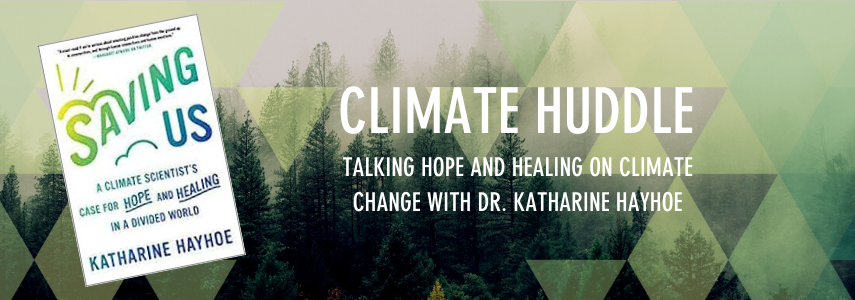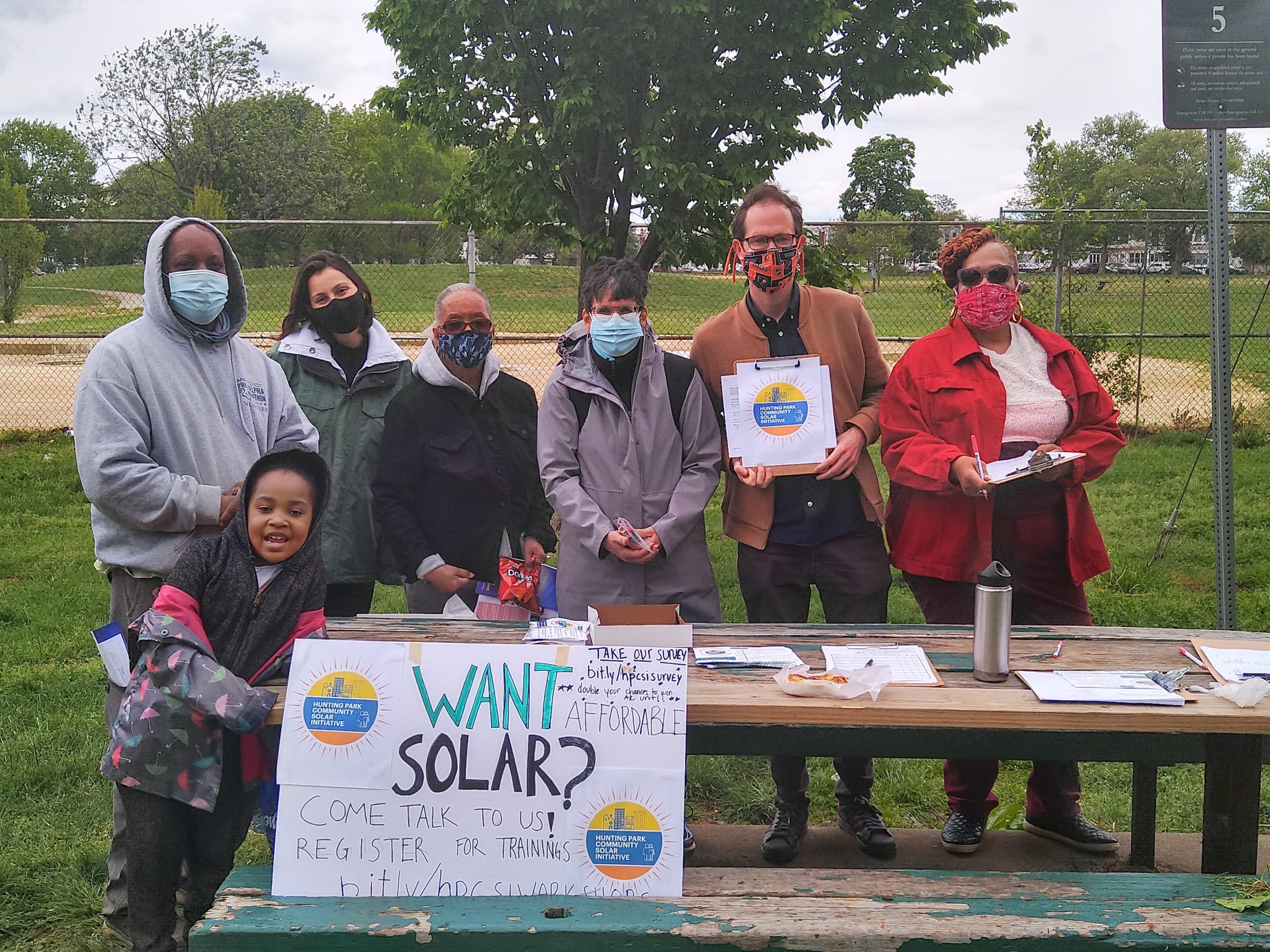Causes and Solutions to Food Insecurity

Every year, millions of people suffer from food insecurity crises, the most vulnerable groups being women, children, and the elderly.
Even before the COVID-19 crisis, income inequality, distorted supply chains, and hunger had been rising steadily. Due to war, socio-economic crises, natural disasters, and climate change, many developing countries are facing worsening issues related to food insecurity, whether it be malnutrition, disrupted food supply sources, or even starvation.
In this article, we will explore the most prevalent causes of food insecurity and the solutions you can help pursue today.
What is food insecurity?
Food insecurity refers to limited or unreliable access to safe and nutritionally adequate foods for all members of a household in order to maintain a healthy diet and proper development. It can be a temporary problem, or a long-standing issue, depending on the precipitating factors. Currently, food insecurity affects over 900 million people around the world.
What are the impacts of food insecurity?
World hunger is an issue that is under-addressed and under-prioritized despite its impacts.
Food insecurity and malnutrition threatens the health and development of a community, with mothers, children and the elderly being the most vulnerable group having to face its devastating effects. In fact, 149 million children are estimated to have suffered from stunting due to malnutrition in 2020, and approximately 3.1 children die of hunger every year.
Hunger and malnutrition impacts communities by increasing their mortality rate and diseases, directly impacting the potential of economic activities within those communities. When food supplies are limited or in short supply, it can result in unrest within the community as there is more pressure on the competition for food and resources.
Thus, for more fragile and vulnerable communities, they become trapped in a vicious cycle of instability and social and economical conflict.
What we do to help alleviate food insecurity
World Renew focuses on alleviating the consequences of food insecurity in many ways, encouraging communities to create long-term resilience and solutions to famine. One of the ways we help ensure the availability and stability of food is met within communities is through providing agricultural training programs that include the teaching of climate adaptive agricultural techniques.
Being able to adapt to climate change helps reduce losses from extreme weather events, for example, to survive droughts, the use of irrigation methods as well as land contouring can help conserve water. While for floods, the use of raising crop beds can do the opposite.
In addition to that, World Renew also helps provide emergency relief in the form of food deliveries amidst disasters. Food is crucial in times of disaster-related events and can make the difference between life and death until more help can arrive.
These food programs help provide food security that will empower women like Cecelia Naveia. She lives with her family in the Milange district of Mozambique. Cecelia learned to start a new business by leveraging her farming skills since she joined our local partners’ village savings and loan program. You can learn more about food security and World Renew’s programming here.
Causes and solutions to food insecurity
The causes of food insecurity
1. Poverty
Poverty is the number one driver of food insecurity, hindering subsistence farmers with small farms from investing in their farming practices so they can not only produce enough to eat, but also enough to sell their surplus at a profit. As a result, these farmers are forced to use less efficient agricultural methods without the benefit of climate adaptive tools or supplies, which limits the production of food and perpetuates the problem of poverty.
When these farmers overuse their already depleted soil, attempting to grow enough to eat, they unknowingly exacerbate the problem. This is why World Renew prioritizes coming alongside farmers with the education and tools they need to farm sustainably and eventually reach financial stability.
2. Climate change
Climate change is another primary cause of world hunger and has triggered some of the most severe food crises currently active in the world.
Changes in weather conditions have profound impacts on agriculture. The consequences of climate change are seen by farmers when rainfall decreases and the droughts persist longer or floods wash away crops.
Freshwater is also getting more scarce due to increased sea levels, storm waves, and cyclones, threatening agricultural production at a whole new level.
3. Natural disasters and human conflict
Floods, drought, typhoons, amongst other natural disasters have been known to wipe out whole crops, or even completely destroy farms – which is particularly devastating for rural communities and families who depend on these harvests for food.
Conflicts, wars, and violence also contribute to food insecurity, especially in nations where civil wars have been ongoing for years. Amidst such conflict, food production is disrupted, homes are destroyed, people are displaced and food production is then further compromised, creating a vicious cycle. In the words of António Guterres, Secretary-General of the United Nations, “Conflict and hunger are mutually reinforcing. We need to tackle hunger and conflict together to solve either. They cannot be resolved separately.”
4. Increased population
The growing human population means the demand for food has also been rising.
Population growth is often accompanied by urbanization and the expansion of cities, which can create more problems related to food insecurity, especially for low-income families living in urban areas. As cities expand over fertile land, urbanization further drives food production away from customers. This raises the expense of both food production and distribution operations in vulnerable communities, exacerbating problems of food insecurity.
Solutions to improve food security
- Fight climate change
Climate change has a serious impact on our lives and food security. Implementing strategies like crop rotation and drip irrigation can increase yields, raise profit margins and lower production costs.
Having these adaptive features in place also allows farmers to reduce weather losses and mitigating quality, which reduces greenhouse gas emissions in the long-run.
In Kenya, this was particularly crucial for smallholder farmers suffering heavily from climate change. World Renew and the Canadian Foodgrains Bank work together with farmers to discover creative solutions to the problem by using simple yet innovative irrigation models and water retention.
Combined with the principles of agricultural conservation – a climate-resilient farming method that will give farmers a stable and healthy food supply even in dry seasons.
2. Reduce food waste
According to the FAO reports, the amount of food currently wasted is about 1.3 billion tonnes, worldwide, per year. The ineffectual planning, poor roads, and insufficient storage equipment have caused more food to go to waste.
When storage facilities are improved and proper food preparations are made, less food will be discarded.
3. Promote diversification
Focusing on a single food crop or staple can lead to horrible results, such as blights and other plant disease outbreaks. In rural and remote communities that depend on locally produced crops, these outbreaks can have a detrimental impact on their food security.
Diversifying crops will allow these families to mitigate the risks of plant disease outbreaks while also helping them achieve a more balanced diet. You can learn more about how crop diversification practices helped those like Maria Macz here.
4. Improve infrastructure
Some farmers struggle to sell their products at the market due to improper infrastructure, such as broken roads, lack of storage, and inadequate food processing equipment.
These issues cause farmers’ crops to rot instead of being distributed to nearby communities. By improving the infrastructure, we can help distribute more food throughout different areas and lower food insecurity and food waste.
These common food insecurity solutions could contribute to feeding millions of people worldwide. Additionally, reducing food distribution middlemen would transfer more money to farmers’ hands. This would give farmers more resources in their own community to provide relief from malnutrition with more diverse diets, which will mitigate high mortality rates.
Help us work towards global food security
It is evident that food insecurity is a major global issue that needs immediate action on the part of the food sector. To gain food security and have healthy outcomes, carrying out the solutions mentioned above and successfully applying them, we can help resolve the issue.
The bible teaches us in Deuteronomy 15:7-8 “Feed the hungry and help those in trouble. Then your light will shine out from the darkness, and the darkness around you will be as bright as noon.”
We are called to love with action and in truth. At World Renew, that is our mission. We ask you to provide love to the poor and needy through action. World Renew has supported the implementation of food security in many nations and if you would like to help us in our cause please donate or volunteer, every bit helps.
Share This Story
MORE STORIES AND NEWS LIKE THIS
Loving our Neighbor: A Net Zero Lent Challenge
Loving our Neighbor: A Net Zero Lent Challenge Most of us in the West are
Climate Huddle Conversations
Climate Huddle Conversations How do we move the needle on climate action? According to Dr. Katherine
Climate Change Advocacy at the Community Level
Climate Change Advocacy at the Community Level With the release of the latest Intergovernmental Panel



